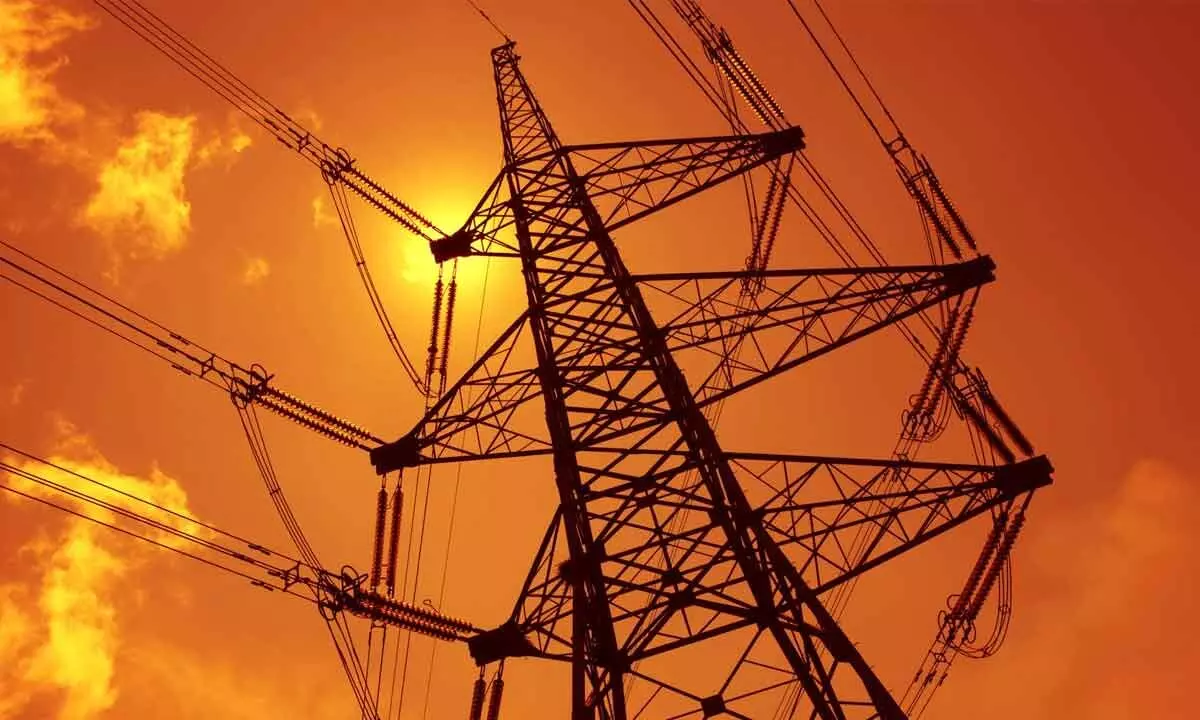Reforms in power sector must be politically palatable
image for illustrative purpose

The rise in financial deficit in the power distribution sector is a worrying development as it seeks immediate attention of not just the Central and state governments but the entire political class. The 12th Annual Integrated Rating and Ranking of Power Distribution Utilities, recently released by the Centre, says that the financial deficit in power distribution increased to Rs. 79,000 crore. “The unprecedented increase in power purchase costs” in 2022-23 resulted in the absolute gap widening from Rs. 44,000 crore in 2021-22. The escalation in imported coal usage, coupled with a surge in international coal prices, drove up power purchase costs substantially. It is not that the government is not cognizant of the problems plaguing the power sector, or that it has not taken any steps to improve the situation. Its initiatives include the launch of the PM Suryoday Yojana to accelerate the adoption of rooftop solar to one crore households, the announcement of the National Green Hydrogen Mission, viability gap funding for Battery Energy Storage Systems (BESS), incentives for Pumped Hydro Storage (PSH), and promotion of green open access among others.
Even utilities managed to bring down their aggregate technical and commercial (AT&C) losses from 16.2 per cent in 2021-22 to 15.4 per cent in 2022-23, resulting in a one per cent increase in billing efficiency. Evidently, the initiatives have not been adequate. This is reflected in huge regulatory assets in Tamil Nadu, Rajasthan, Kerala and Delhi, totaling to Rs. 152,500 crore at the end of 2022-23. Only Maharashtra has been able to almost liquidate regulatory assets, bringing them from Rs. 12,000 crore in 2020-21 to Rs. 4,000 crore in 2022-23.
Regulatory assets are actually a euphemism for deferred debts. The Union Power Ministry has been urging State Electricity Regulatory Commissions (SERCs) to liquidate all regulatory assets. It needs to double down on those efforts. While discoms are encouraged to pursue planning, infrastructure, and process improvements, they will need a proactive external environment support. SERCs can support discoms with timely implementation of automatic pass-through of fuel costs, though it could be quite challenging as pass-through means higher power rates, which state governments often find politically unpalatable.
According to Power Minister R.K. Singh some states that were not performing well earlier have started showing marked improvements. “Incidentally, some states, which are regarded as developed or fast-developing, have shown lower ratings for their discoms. This is critical. Unless and until our power sector is viable, we cannot grow,” he reasoned. This will, in turn, result in load-shedding and deindustrialization. He is right. At a time when the economy is growing at a good pace, and the government is trying to boost manufacturing, the last thing the country can afford is disruptions in electricity supply. Power cuts hurt not just factories but also service sectors like tourism. Besides, they augment the consumption of diesel by way of electric generators that will adversely impact the environment. The need of the hour is to make reforms in the power sector—as elsewhere—politically relevant and viable. This is predicated upon a paradigm shift in not just a political debate but also public discourse. It is difficult but unavoidable.

